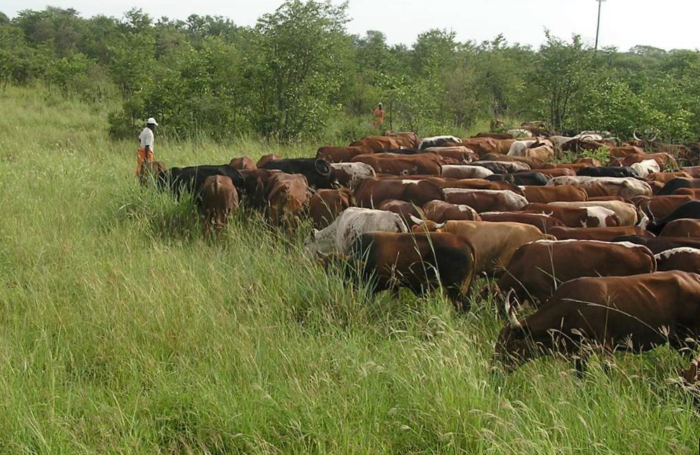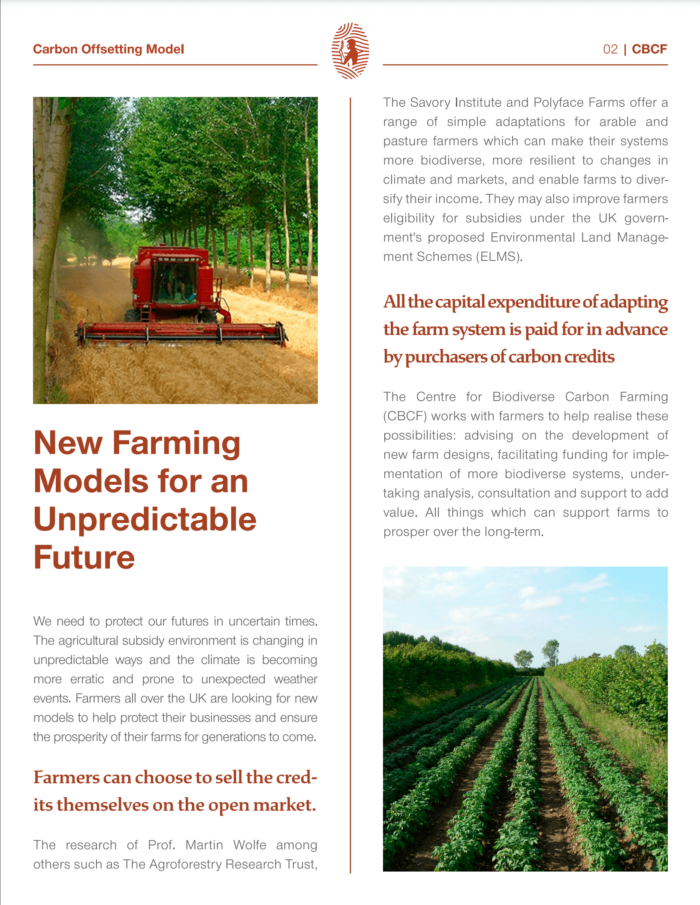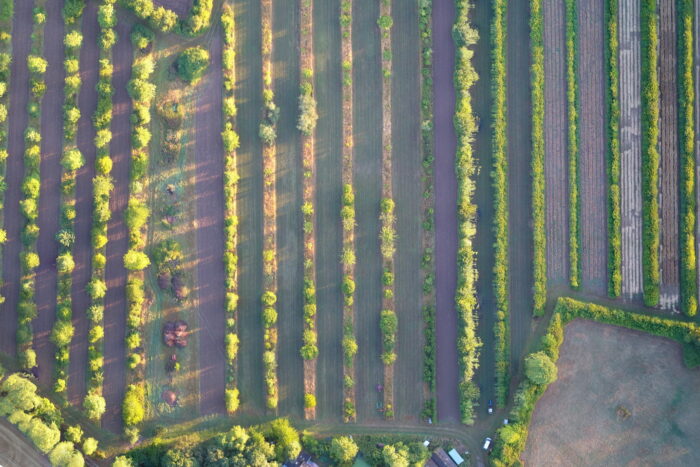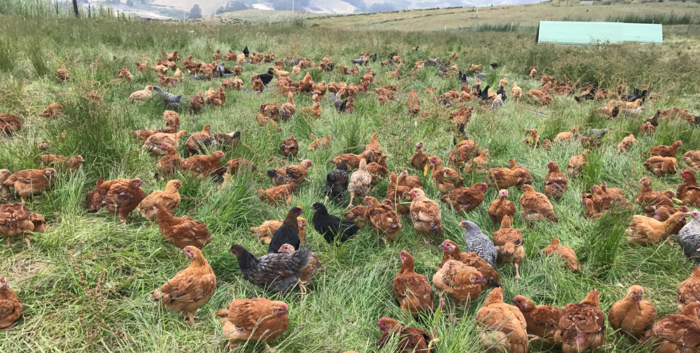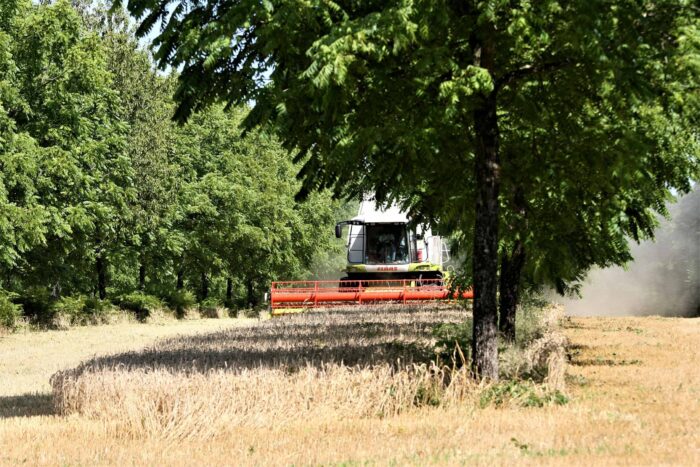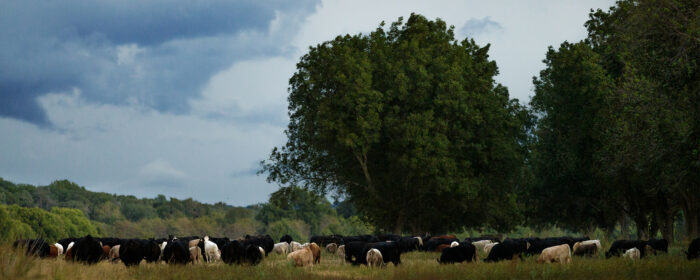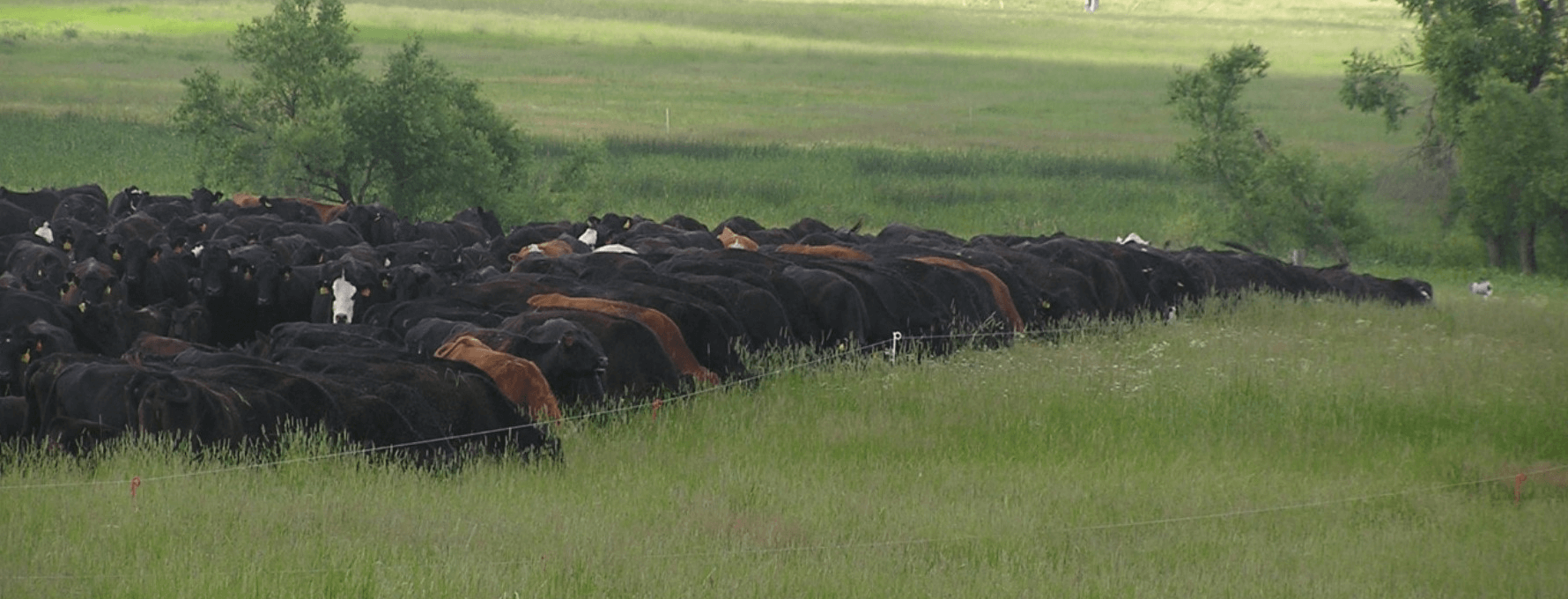
Rotational Planned Grazing
Home Biodiverse Farming Rotational Planned Grazing
Rotational Planned Grazing
This is a system designed to mimic the relationships which have evolved between seasonal grasslands and grazing animals.
It has the potential to increase sward productivity and stocking density. It can result in deepening topsoil, fostering a prosperous microbiome and more water holding capacity which can contribute to a climate resilient landscape and support greater biodiversity both on and off farm.
It has the potential to increase sward productivity and stocking density.
How The System Works
Grazing animals are stocked at high densities on a restricted plot of pasture and moved very regularly, as often as every day. The sward is not grazed down to the ground before the animals are moved on to the next designated patch of pasture. Each restricted plot of pasture is then given a very long rest period before it is grazed again.
The long rest period has a significant impact on the long term growth of the sward. Longer rest periods enable the grass to grow taller and there is corresponding extension of the grass roots during this rest period.
The long rest period has a significant impact on the long term growth of the sward.
After grasses are grazed they use the store of energy in their roots to regrow. A larger store of energy in larger roots enables quicker regrowth. As the sward is not grazed down to the point where soil is visible before the animals are moved the sward is left with greater photosynthetic potential and this too enables faster regrowth. The thicker grass cover and improved infiltration rates also protect against poaching.
Grass productivity is more closely correlated with water availability than that of sunlight and drought. Soil organic carbon (SOC) has the ability to hold 10 times its weight in water. The deeper root systems and soil biology which develop in rotational planned grazing have a triple effect on sward productivity 1) adding SOC, 2) increasing nutrient availability 3) storing more energy for regrowth after grazing. Leaving a larger store of the sward at the end of grazing also protects the ground from evaporation, supporting growth during times of heat and drought.
An annual grazing plan based on calculations of sward productivity ensures the animals can be fed entirely from pasture.
An annual grazing plan is carefully calculated in advance based on calculations of sward productivity across the farm so that the animals can be fed entirely from the pasture. The grazing animals rotate through plots of pasture in a way equivalent to how herds of wildebeest or bison move across seasonal grasslands. This process of mimicking the circumstances in which these animals have evolved has benefits for their health and wellbeing.
The Benefits
- Increased stocking density
- 100% pasture fed = no input feed
- 100% pasture fed = adds value onto final product
- Increased soil organic carbon
- Increased water availability
- Deepens topsil
- Deepens soil biology
- Improved animal health
- Can increase nutrient density and flavour of meat
This process of mimicking the circumstances in which these animals have evolved has benefits for their health and wellbeing.
Related content
Biodiversity from Farm Productivity

